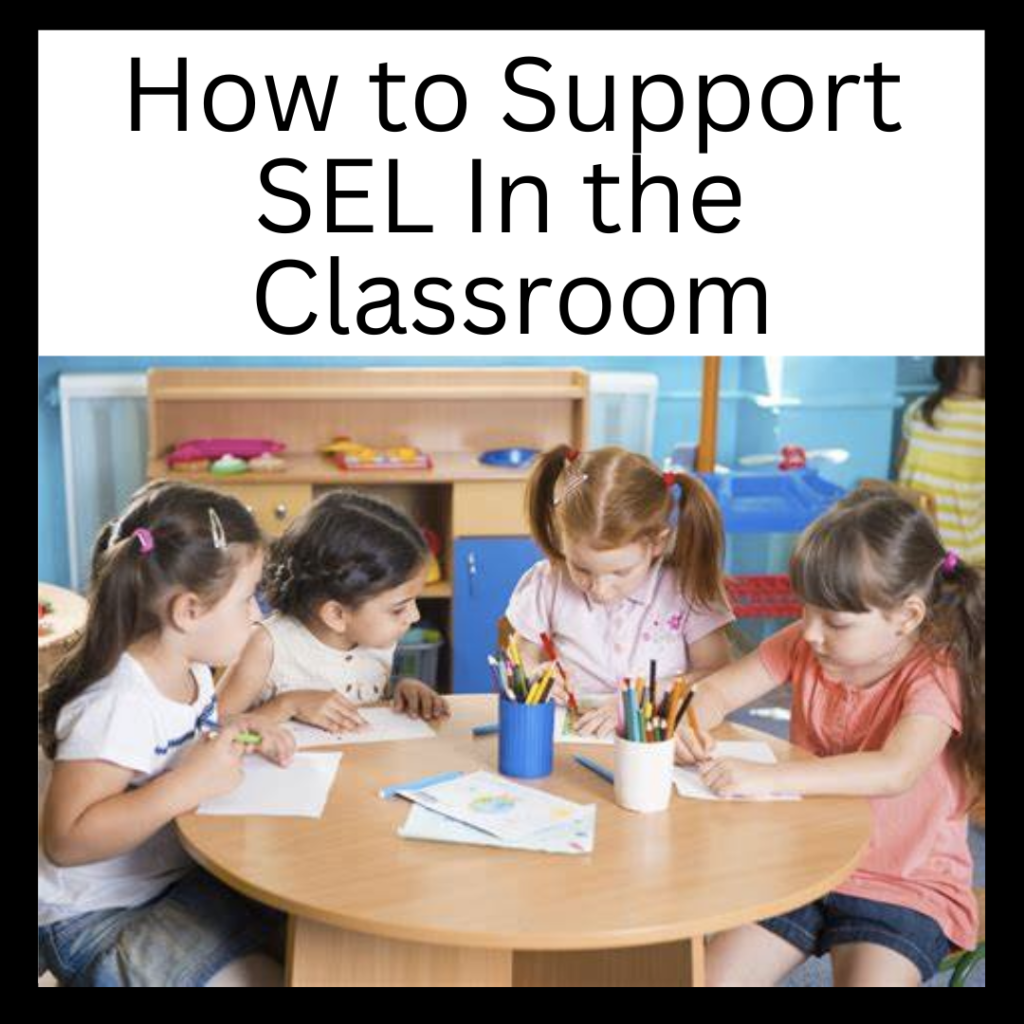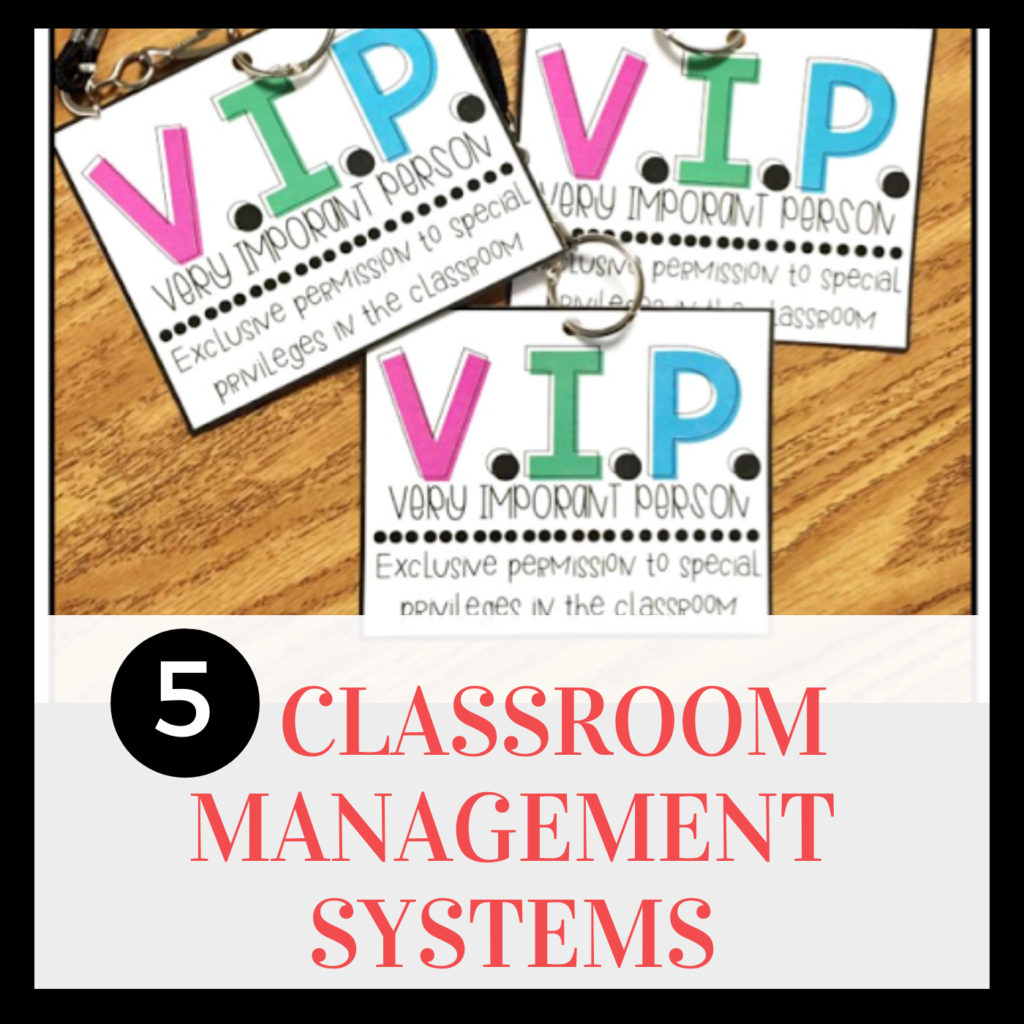As the world continues to evolve, so must the educational methods that prepare students for the real world. One such methodology that has been gaining popularity is Project-Based Learning (PBL). PBL is a student-centered approach where students learn by applying concepts to solve real-world problems. In this post, we will discuss what PBL is, the benefits of using PBL in the classroom, the challenges that come with implementing PBL, and strategies to ensure that PBL is a success in your classroom.
What is Project-Based Learning?
Project-Based Learning (PBL) is a teaching approach in which students are presented with a real-world problem or challenge that they need to investigate and respond to. PBL tasks generally require students to draw on lessons from multiple disciplines and apply them in a practical way, allowing them to develop deep content knowledge and critical thinking skills. Teachers who use PBL create engaging projects that students work on over an extended period of time. Such projects can include things like researching a social issue, creating a business plan, or designing an invention. By doing so, students are prepared for the real world as they are equipped with skills such as collaboration, project management, and problem-solving skills.
Benefits of Project-Based Learning
Project-based learning offers several benefits to students. First, it increases student engagement since students take an active and independent role in their learning process. Teachers can design projects according to the students’ individual needs and interests to keep them engaged. Secondly, students have to apply their knowledge in a real-world context and thus retain knowledge more effectively than with traditional methods of instruction.
Moreover, project-based learning fosters the development of critical thinking, collaboration, creativity, and communication skills, which are essential for success in the 21st-century. Students unleash their creativity, and teachers guide them to their full potential. Taking a broad perspective, project-based learning helps students to be career-ready by introducing a real-world approach to education.
Challenges of Project-Based Learning
While Project-Based Learning (PBL) is a great teaching methodology, educators sometimes face challenges implementing it. It requires instructors to change from traditional teaching techniques and shift to more student-centered learning, leading to apprehension and challenges. Managing multiple projects simultaneously and ensuring adequate support and guidance throughout the process can be challenging for both teachers and students. Teachers need to support effective group work and accountability. It’s also important to set achievable goals for each project, which can be difficult to do in some cases. Despite these challenges, PBL is a great tool for preparing students for the real-world and encourages students to take an active role in their learning.
Strategies for Successful PBL
Project-Based Learning (PBL) is a powerful framework for preparing students for the challenges of the real world. The successful implementation of PBL requires a focus on core components such as collaboration, 21st century skills, community partnerships, feedback, and public presentation of the project. To ensure an effective PBL process, defined problems, generated ideas, prototyping, and testing solutions are crucial key processes. Creating projects that engage students in real-world problems and give them voice and choice in the process ensures that students are prepared for the real world. Successful PBL strategies are those that can push students to their full potential, make the classroom immersive and ensure that the learning is long-lasting.
Other posts you might like:



